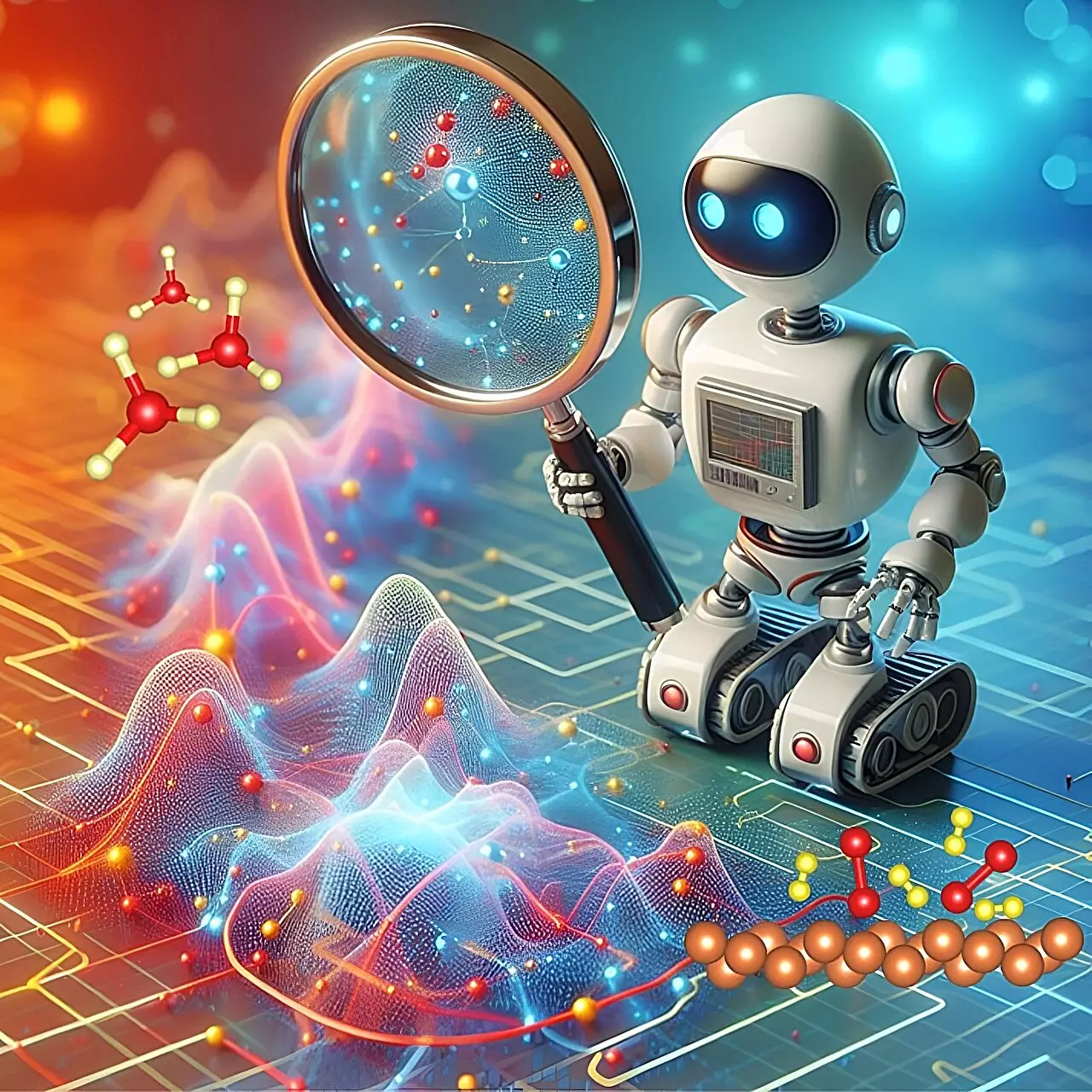The production of ammonia has been a fundamental aspect of industrial chemistry for over a century. Despite significant advancements in various scientific fields, researchers have frequently faced challenges in enhancing the efficiency and yield of ammonia synthesis processes. This is primarily because the traditional process, which utilizes atmospheric nitrogen and hydrogen in the presence of an iron catalyst, often produces lower yields. With a staggering annual global output of approximately 160 million tons, ammonia serves primarily as a nitrogen fertilizer in agriculture but also finds numerous applications in industries, including food preservation, refrigeration, and household cleaning products. This article delves into the emergence of new technologies, namely artificial intelligence (AI), that could potentially transform the process of ammonia production.
Challenges in Conventional Ammonia Production
For decades, industrial ammonia synthesis has operated predominantly through the Haber-Bosch process, a method developed in the early 20th century. While this process has been instrumental in addressing global food demands, it is often criticized for its inefficiency and high carbon emissions. Furthermore, the enormous energy requirements and significant infrastructure needed for large ammonia production facilities have limited opportunities for smaller-scale production systems. Consequently, optimizations that reduce production costs and environmental impacts are imperative. The complexity of the chemical reactions involved contributes significantly to the challenge, as understanding the many variables and their interactions can be daunting.
Driven by the urgency to innovate, a promising stride has been made by a research team led by Qi An from Iowa State University. The team has developed an advanced artificial intelligence methodology named HDRL-FP, which stands for High-Throughput Deep Reinforcement Learning with First Principles. Their goal: to enhance understanding of catalytic reactions, particularly those involved in ammonia production. According to An and his colleagues, integrating AI into chemical processes holds the potential for substantial breakthroughs, including lower production costs and reduced CO₂ emissions.
One intriguing aspect of HDRL-FP is its ability to analyze complex reaction pathways efficiently. Traditional methods often require extensive experimental studies, but with HDRL-FP, researchers can leverage machine learning to simulate multiple chemical scenarios in a fraction of the time. This novel approach allows the identification of optimal reaction pathways amidst a sea of possibilities, even in the presence of noisy data and environmental variables—a common reality in chemical reactions.
At the core of the HDRL-FP framework lies the concept of reinforcement learning, akin to how one might train a dog through a system of rewards and corrections. In the context of ammonia synthesis, the ‘reward’ represents the discovery of the most efficient and cost-effective reaction pathway. By using graphics processing units (GPUs) and high-throughput strategies, the system can rapidly sift through potential reaction routes, providing researchers with insights that might have taken months of conventional experimentation.
Moreover, the system’s design permits a general approach to studying catalytic reactions without necessitating detailed starting conditions. By initially mapping the positions of atoms on an energy landscape, researchers can obtain valuable information about potential reaction mechanisms without being confined to specific environments or pre-existing knowledge of the reactions involved.
Future Implications and Directions
An and his team have dedicated approximately two years to the HDRL-FP project, with collaborations extending beyond their university walls. The implications of this technology for industrial applications could be profound, particularly as global markets seek to mitigate their carbon footprints and address sustainability concerns. Understanding reaction mechanisms will not only optimize current methodologies but may also pave the way for the development of novel catalysts that can operate under less energy-intensive conditions.
The evolution of artificial intelligence in the realm of ammonia production signifies a paradigm shift in how researchers address long-standing challenges within the field. With the ability to rapidly identify optimal reaction pathways and evaluate multiple variables simultaneously, technologies like HDRL-FP hold immense promise for making ammonia synthesis cleaner and more efficient. As this research progresses, it could effectively redefine how not just ammonia, but numerous chemical products are manufactured in the coming years.

